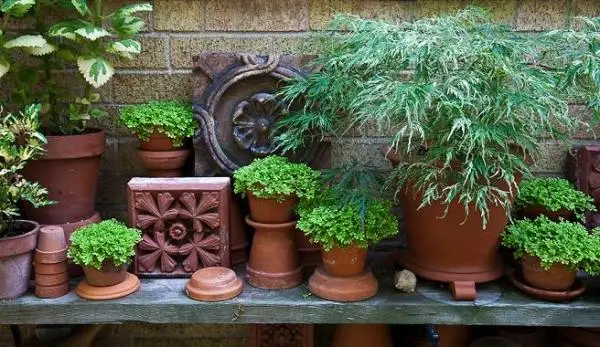Choosing the type of pot is one of the biggest dilemmas for gardening enthusiasts. Not only the size is important, but the type of material with which it is made. The most common in homes are usually plastic and clay and, of course, each of them has its defenders and detractors.
If your choice is not clear to you, we discuss the advantages and disadvantages of clay pots so that you can decide if they are suitable for your situation.
Advantages of clay pots
The main advantage of clay pots is that it is a very porous material, so the pots made with it will constantly ooze water, making it an ideal option in the rainiest climates. Of course, as long as these pots are not painted or enameled. In addition, mud protects the roots better against inclement weather, be it frost or direct sun, much more than plastic.

Disadvantages of clay pots
However, clay pots also have their downsides. The fact that clay pots are porous makes them lose water quickly, so they are not the most suitable for indoors. For this reason, it is necessary to water them more frequently. Another drawback of clay pots is that they are more expensive than plastic pots, as well as being much heavier. And, as you can imagine, they are much more fragile against accidental blows.
In summary, the best option for interiors is plastic pots, although for the exterior it will depend on each specific case, since you have to take into account the climate of the place, the budget, the tastes of each one, among many other things.

One thought on “Advantages and disadvantages of clay pots”